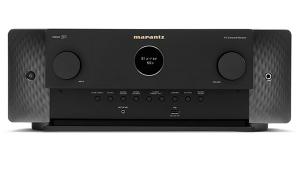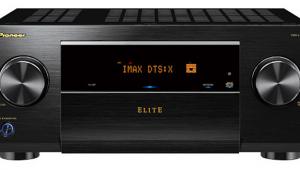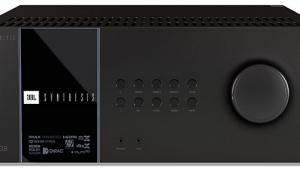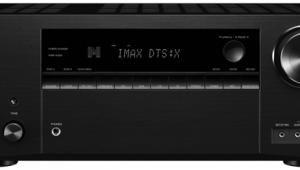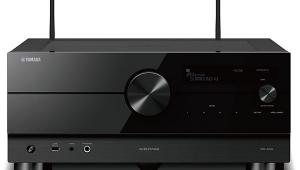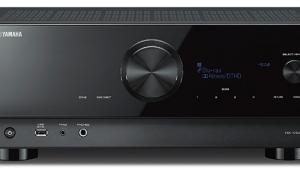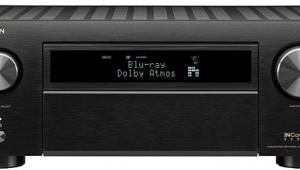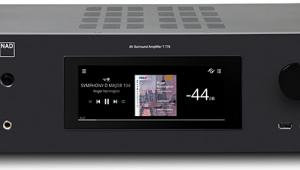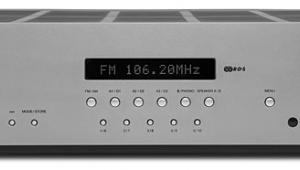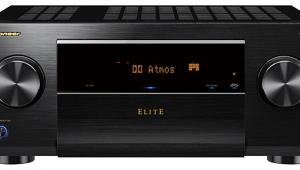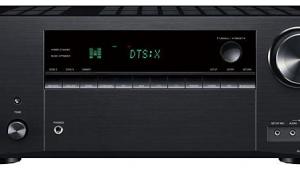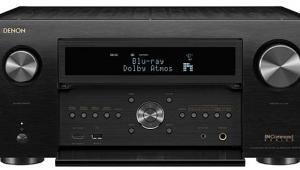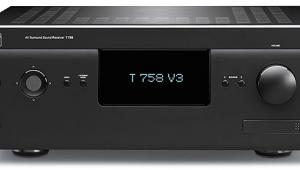Pioneer VSX-1021 A/V Receiver Page 2
Don’t Worry, Be Appy
I booted iControlAV2 on my iPod touch, tapped the opening screen, and waited to connect to the network. Then the app displayed four large panels: Control, Precision, Emphasis, and Balance. I had my choice of Expert or Basic modes and opted for the former.
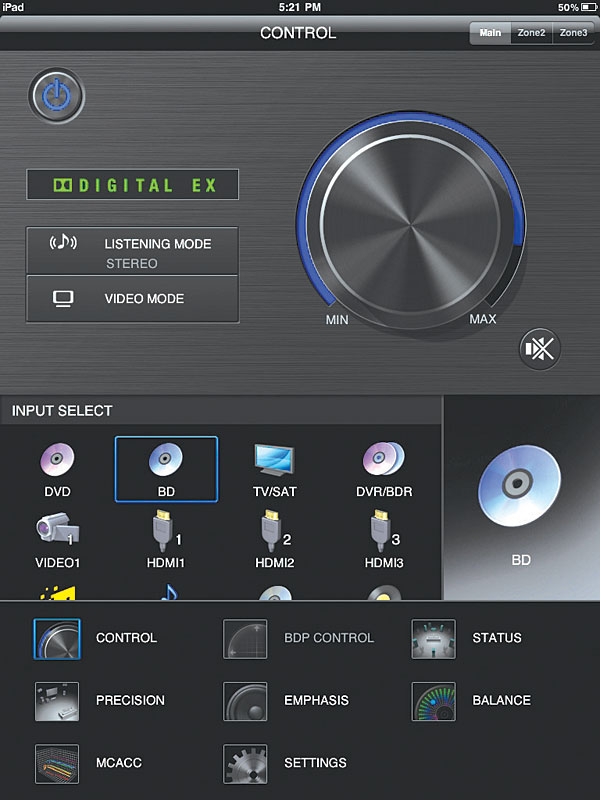
Control was dominated by a visual replica of the front-panel volume knob. It responds to circular fingertip motions; it was fun to use and sensitive enough to make hairline adjustments fairly easily. I later used this feature a lot. Using smaller icons, I could also select input, listening mode, and video mode. Selectable inputs included the Home Media Gallery, which in turn allowed both Internet radio and PC access.
The Precision panel selected among various Pioneernessexuding audio enhancers: PQLS, Phase Control, Phase Control Plus, Virtual Speakers, and Auto Sound Retriever. I couldn’t quite remember what PQLS was. Providentially, the bottom of my iPod touch offered a “What’s PQLS?” video with a triangular play icon. The narrator’s posh British accent asserted his technological superiority as he described the Precision Quartz Lock System (PQLS) intended to buffer and synchronize the digital audio signals, purportedly removing the effects of jitter between similarly equipped Pioneer components.
The last two panels also made creative use of my touchscreen device. In each case, the app instructed me to “place your iPhone/iPod horizontally,” then press Start or Cancel. Emphasis offered control of dialogue level with a center-speaker icon and bass level with a woofer icon. I could increase or decrease these settings by tilting the device backward or forward. If I pushed the bass too high, the woofer icon would appear shattered. When I was satisfied with the setting, I could hit a Pause button, which would stop the touchscreen from accepting further tilt instructions. I could also resume tilting by hitting the same button. Finger EQ mode allowed me to touch a frequency band and drag it up or down.
Balance displayed a graphic of a dot adrift in a circular soundfield. If I held the device flat, the dot remained in the middle. If I tilted the device up or down, the dot would wander up or down, changing the balance between front and rear. If I tilted the device from side to side, the dot would wander left or right, changing the balance between left and right. With all of these fun options, I did a lot of promiscuous tweaking, but the handy Reset icon was always available to restore order.
 AirPlay for iPlay
AirPlay for iPlay
According to Pioneer’s Website, AirPlay is “ready out of the box.” Not quite, and the manual was
no help. I needed to get instructions from my Pioneer contact. You’ll probably have to call tech support—or just read the following steps.
First I needed to enable AirPlay within the AVR: System Setup, Network Setup, Network Standby, On. With iTunes on my PC, I set up Home Sharing, which I hadn’t used before. The Home Sharing icon appeared at the lower right of iTunes. I clicked it and selected VSX-1021 from a pop-up source menu, after which the white icon turned blue with the AVR model number next to it. Enabling Home Sharing with the iPod touch was pretty much the same: Start iTunes, find the icon at lower right, select the AVR, done.
Now AirPlay was ready to roll. I started to play a song using iTunes on the PC. The Pioneer powered up automatically, and music erupted from the speakers. There was no need to select AirPlay as an input—it just worked. The TV screen displayed artist, album, song, timing, and artwork. The song title also scrolled across the AVR’s front panel. Next, I turned off the Pioneer and booted iTunes on the iPod touch. Once again, the AVR powered up and played music. I could skip tracks with iTunes on PC or iPod, but not with the Pioneer remote.
Still, I could get used to this in a hurry.
Associated equipment for the more formal movie and music demos included five Paradigm Reference Studio 20 v.4 speakers, a Paradigm Seismic 110 subwoofer (EQ off), and an OPPO BDP-83SE universal disc player. All movie demos were Blu-ray Discs with DTS-HD Master Audio soundtracks.
